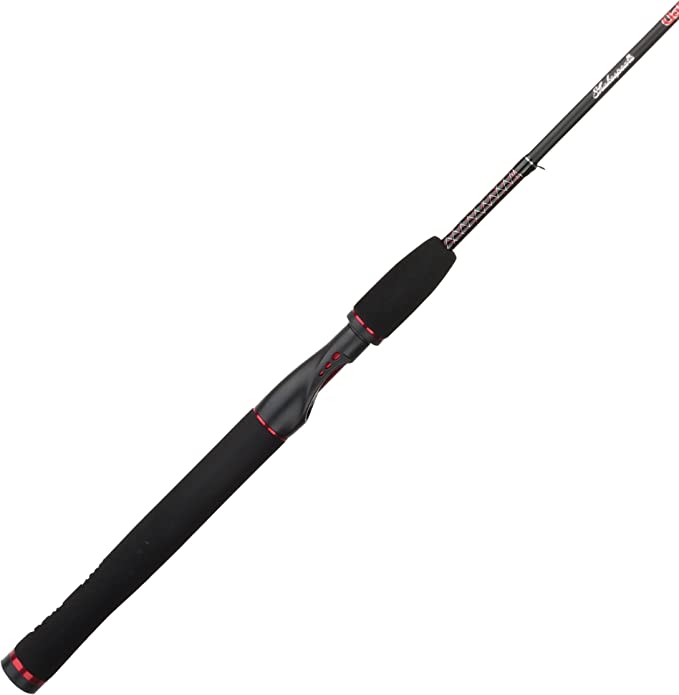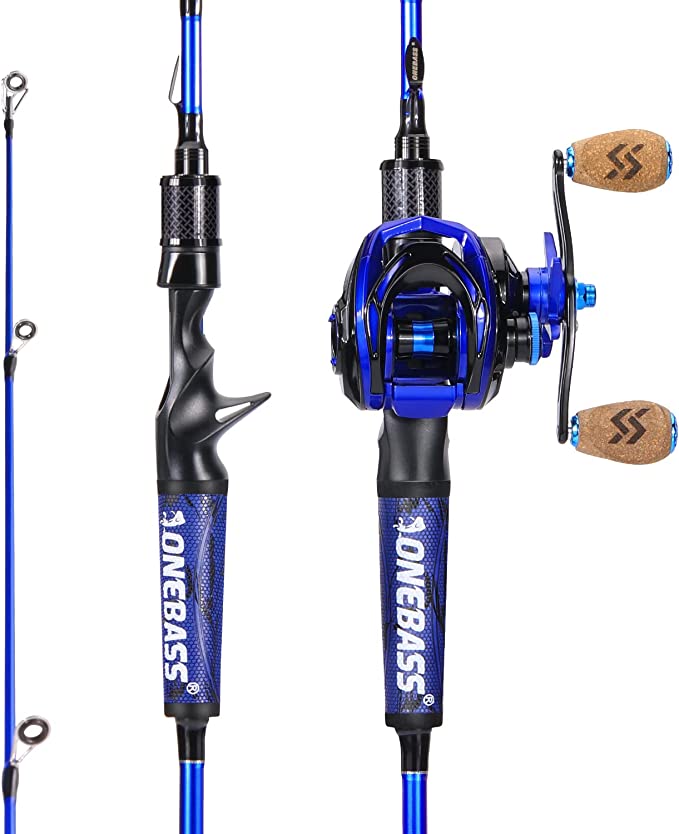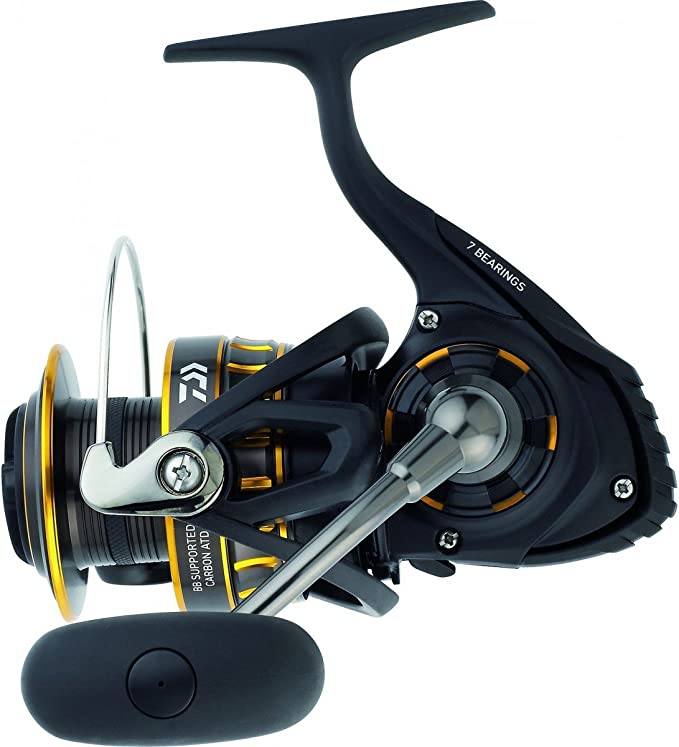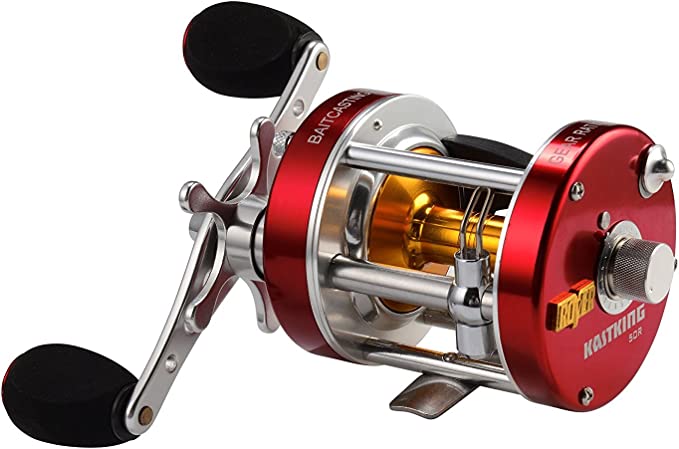Coleman Skylodge: Your Home Away From Home, Simplified.
Update on Sept. 5, 2025, 10:05 a.m.
There’s a primal comfort in being inside a tent during a storm. As wind howls and rain lashes against the thin fabric walls, a fragile yet profound sense of security takes hold. It feels elemental, almost magical. But it isn’t magic. That feeling of safety, the very dryness of your socks, is the end result of a century of scientific struggle and engineering brilliance. It’s a testament to an invisible shield woven from physics, chemistry, and ingenious design.
To truly appreciate this marvel, we need to look past the brand names and product features. Instead, let’s use a modern family tent—like Coleman’s Skylodge, a capable example of current technology—not as our subject, but as our specimen. By dissecting its features, we can uncover the universal principles that allow a few pounds of fabric and poles to defy the full force of nature.

The Physics of Dryness: A Battle Against a Single Molecule
The most fundamental promise of a tent is to keep water out. This seems simple, but at a molecular level, it’s an incredibly complex challenge. Water is a relentless infiltrator, exploiting every microscopic opening through a phenomenon called capillary action. For early campers, this meant heavy, oil-soaked canvas tents that were waterproof but suffocatingly non-breathable. The modern solution is far more elegant.
The first line of defense is the fabric itself, typically a lightweight polyester. Unlike cotton, which is hydrophilic (it loves water), polyester is hydrophobic. Its fibers don’t absorb moisture, preventing the dreaded sagging and leaking that plagued older tents. This fabric is then coated, usually with a layer of polyurethane (PU), to seal the tiny gaps in the weave.
The quality of this defense is measured by a standard called Hydrostatic Head (HH). Imagine placing a tall tube on the fabric and slowly filling it with water. The height of the water column in millimeters just before the first drop is forced through the fabric is its HH rating. A rating of 1,500mm is considered waterproof for general camping; high-performance tents can exceed 5,000mm or even 10,000mm.
But the weakest link is never the fabric; it’s the seams. Every stitch is a hole—thousands of them. This is where clever engineering comes into play. High-quality tents employ taped seams, where a waterproof ribbon is thermally bonded over the stitching. Some designs, like the Skylodge, go a step further with inverted seams, hiding the stitch lines on the inside to protect the thread from UV damage and direct water exposure. The most critical area, the tent floor, often uses welded corners. Instead of sewing, high-frequency sound or heat is used to literally melt the fabric panels together, creating a seamless, bathtub-like floor with zero holes for water to exploit. It’s a brute-force solution to a microscopic problem, and it works beautifully.
The holy grail, however, has always been to create a barrier that stops liquid water from coming in, yet allows water vapor (your breath, your sweat) to get out. The breakthrough came in 1969 when Bob Gore discovered that by rapidly stretching a polymer called Polytetrafluoroethylene (PTFE), he could create a microporous membrane. The pores in this expanded PTFE (ePTFE), famously known as Gore-Tex, were 700 times larger than a molecule of water vapor, but 20,000 times smaller than the smallest water droplet. For the first time, a truly waterproof and breathable fabric was possible.

Engineering Against the Wind: Lessons from Domes and Dragonflies
A tent that stays dry is useless if it collapses in the first strong gust of wind. Resisting the invisible, powerful force of the wind is a challenge of structural engineering and aerodynamics.
Early A-frame tents were notoriously poor in the wind, presenting flat, sail-like surfaces that caught the full force of a gale. The revolution came with the popularization of the geodesic dome, a concept championed by architect and visionary Buckminster Fuller. A geodesic dome distributes stress across its entire structure, meaning there are no weak points. The interconnected triangles create a phenomenally strong yet lightweight framework. Most modern family tents, even if not true geodesic designs, borrow this core principle, using a rounded, dome-like shape to encourage wind to flow smoothly over and around them, minimizing pressure.
The real genius, however, lies in the poles. It’s a common misconception that tent poles need to be rigid and unbending. The opposite is true. Modern tent poles, typically made from high-grade aluminum alloys (like those from industry leader DAC) or fiberglass, are engineered for flex. When a powerful gust hits the tent, the poles bend, absorbing the kinetic energy and storing it as potential energy. As the gust subsides, they release that energy and spring back to their original shape. It’s the engineering principle of elastic deformation—the same reason a dragonfly’s wing can flap without shattering and a skyscraper can sway in an earthquake without collapsing. A tent that is rated to withstand up to 35 mph winds isn’t just strong; it’s smart. It doesn’t fight the wind; it dances with it.

The Chemical Dilemma: Our Complicated Relationship with “Forever Chemicals”
For decades, the final touch on any waterproof gear was a chemical coating known as a Durable Water Repellent (DWR). This treatment is what makes water bead up and roll off the fabric’s surface, a beautiful demonstration of high surface tension. The most effective DWRs were based on a class of synthetic compounds called per- and polyfluoroalkyl substances (PFAS).
PFAS chemistry is remarkably effective. It’s based on a chain of carbon atoms bonded to fluorine atoms. The carbon-fluorine bond is one of the strongest in organic chemistry, making PFAS molecules incredibly stable and resistant to heat, oil, and water. They were a miracle of modern chemistry.
But that incredible stability came at a terrifying cost. These same strong bonds mean that PFAS do not break down in the environment. They accumulate in water, in soil, in wildlife, and in our own bodies. They are, for all practical purposes, permanent—earning them the grim nickname “forever chemicals.” As scientific evidence mounted linking PFAS exposure to a host of health problems, a global reckoning began, a story powerfully captured in films like Dark Waters.
The outdoor industry, built on a love for the natural world, found itself at the heart of this chemical dilemma. How could it continue to use a persistent pollutant to help people enjoy that very world? The answer was it couldn’t. The move toward PFAS-free materials, as noted in the Skylodge’s specifications, is more than a marketing bullet point. It represents a massive, industry-wide pivot in material science. Finding alternatives that can match the performance of fluorocarbons without the environmental baggage is an ongoing and incredibly difficult challenge. Today’s new DWRs are often based on silicone or wax-based chemistry. While they are a crucial step in the right direction, they underscore a profound lesson: sometimes, the most elegant scientific solution comes with consequences we are only beginning to understand.
When you zip up your tent door tonight, shutting out the wind and the rain, take a moment. You are not just in a shelter. You are at the intersection of a hundred different scientific disciplines. You are inside a carefully tuned aerodynamic structure, wrapped in a high-performance polymer shield, protected by a complex dance of molecular physics. This invisible shield is a quiet monument to human ingenuity, a reminder that our ability to thrive in the wild is inextricably linked to our ability to understand it.







































